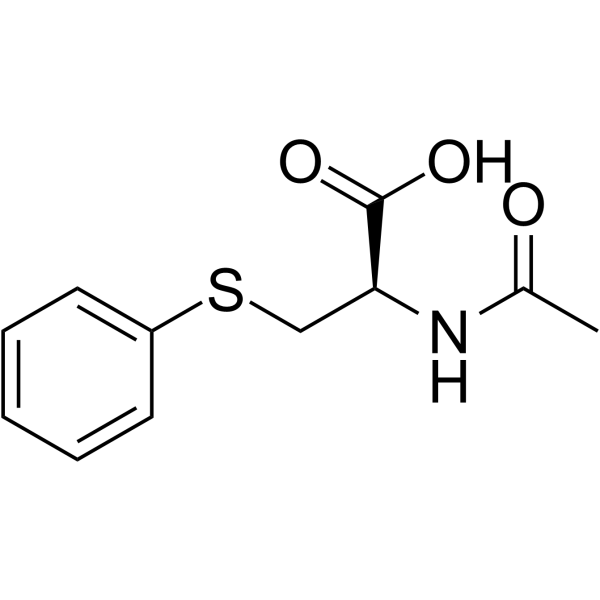Benzene exposure during tunnelling--using biological monitoring to assess control measures and working practice.
Kate Jones, Jane McCallum
Index: Ann. Occup. Hyg. 55(3) , 248-52, (2011)
Full Text: HTML
Abstract
This paper reports the assessment of worker exposure to high levels of benzene (up to 18 p.p.m. 8 h time weighted average, weekly average) during tunnelling on a contaminated land site (former gas works). Although respiratory and personal protection was used, biological monitoring results indicated that workers had urinary S-phenylmercapturic acid levels in excess of that expected following exposure to the UK workplace exposure limit. Factors such as environmental conditions (high temperature and humidity, confined workspace), respiratory and personal equipment providing insufficient protection, human behaviour (removing protective equipment, using mobile phones), and work practices (12-h shifts, too few and too short breaks, lack of drinking water) were identified as contributing to the exposure. A thorough review of control measures and working practice led to significant improvements, resulting in workers' exposure (as measured by biological monitoring) being kept below the 90th percentile value (8 μmol mol(-1) creatinine, 17 μg g(-1) creatinine) of data from a good cross section of UK industry (N = 2600) despite the continuing high environmental levels.
Related Compounds
| Structure | Name/CAS No. | Molecular Formula | Articles |
|---|---|---|---|
 |
S-Phenylmercapturic Acid
CAS:4775-80-8 |
C10H13NO2S |
|
Influence of genetic polymorphism on t,t-MA/S-PMA ratio in 3...
2014-12-01 [Toxicol. Lett. 231(2) , 205-12, (2014)] |
|
Metabolic polymorphisms and biomarkers of effect in the biom...
2014-12-01 [Toxicol. Lett. 231(2) , 194-204, (2014)] |
|
Urinary trans, trans-muconic acid and S-phenylmercapturic ac...
2012-10-01 [Sci. Total Environ. 435-436 , 115-23, (2012)] |
|
Association between environmental exposure to benzene and ox...
2012-01-01 [Med. Lav. 103(5) , 324-37, (2012)] |
|
Biological monitoring of low-level exposure to benzene.
2012-01-01 [Med. Lav. 103(5) , 338-46, (2012)] |